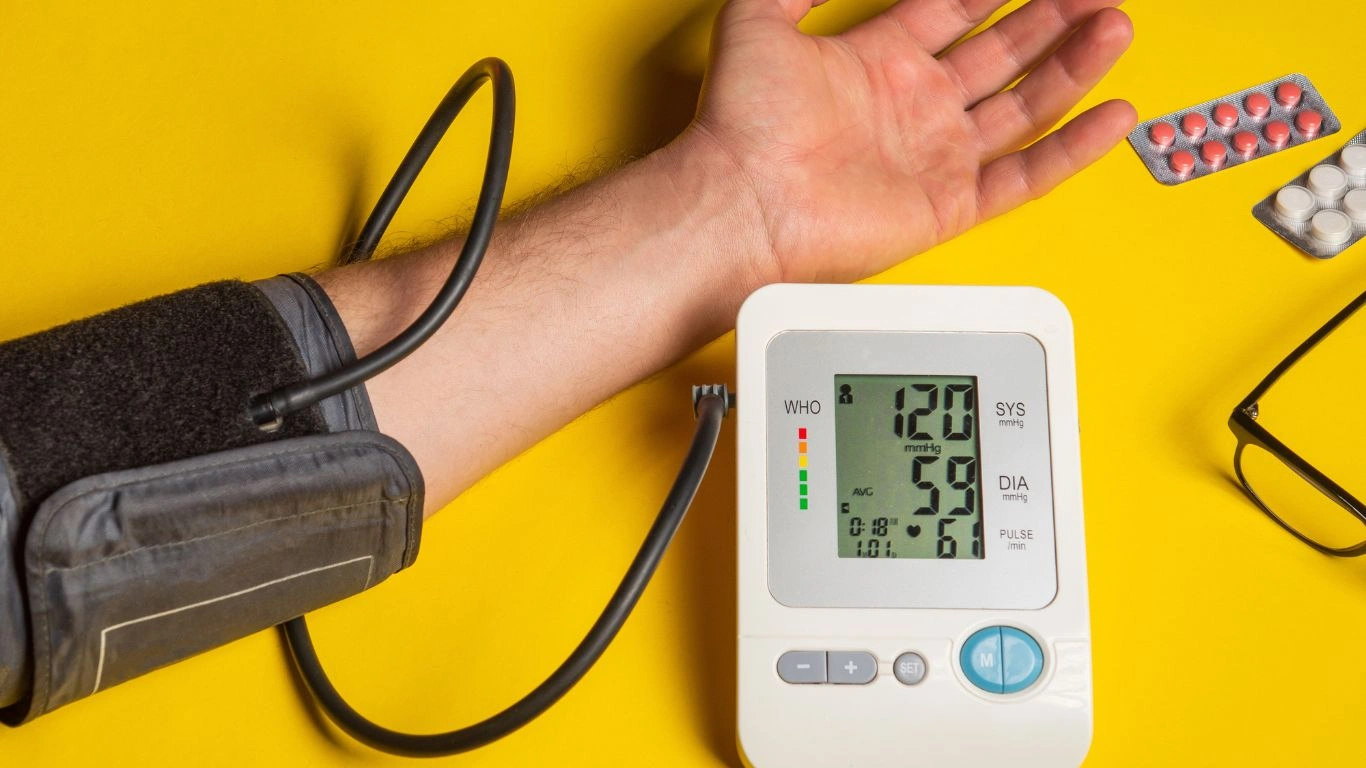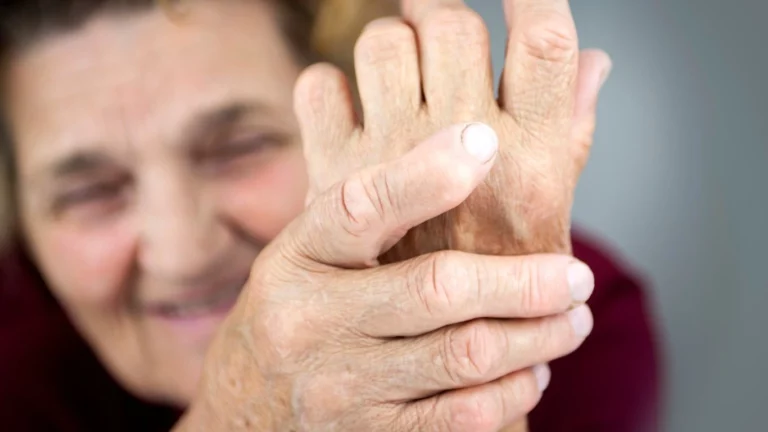Blood Pressure and Weight Management Solutions – A Comprehensive Guide
Managing both blood pressure and weight is crucial for overall health. In this comprehensive guide, we’ll explore effective strategies and solutions to help you control these two critical aspects of your well-being.
Blood pressure and weight are closely linked, and managing them together can significantly improve your health. If you’ve been struggling with high blood pressure or weight issues, you’re not alone. Millions of people face these challenges, but the good news is that there are plenty of practical solutions that can make a huge difference. In this article, we’ll go over some of the most effective ways to manage both blood pressure and weight.

Understanding the Connection Between Blood Pressure and Weight
Before diving into the solutions, it’s important to understand why blood pressure and weight are connected. High blood pressure (hypertension) occurs when the force of your blood against the walls of your arteries is consistently too high. Extra weight can strain your heart and blood vessels, contributing to higher blood pressure. In fact, for every 10 pounds you lose, your blood pressure can decrease by 5-20 points. Managing your weight, especially if you’re overweight or obese, is one of the most effective ways to prevent or control high blood pressure.

Solutions for Managing Blood Pressure and Weight
There are a variety of solutions available for managing blood pressure and weight, and often, a combination of lifestyle changes works best. Let’s explore these in more detail.
1. Diet Adjustments for Blood Pressure and Weight Loss
Eating the right foods is crucial for both blood pressure and weight management. A diet that’s rich in fruits, vegetables, whole grains, lean proteins, and low-fat dairy can help you control both.
- Reduce sodium intake: Sodium can increase blood pressure, so it’s important to limit salty foods. Aim for less than 2,300 milligrams of sodium per day, and ideally, 1,500 milligrams if you have high blood pressure.
- Increase potassium: Potassium helps balance the effects of sodium on your blood pressure. Foods like bananas, sweet potatoes, and spinach are rich in potassium.
- Focus on fiber: Fiber is key for both weight management and blood pressure control. High-fiber foods like whole grains, legumes, and vegetables can help you feel full and support heart health.
A Mediterranean diet is often recommended for people looking to manage their blood pressure and weight. It emphasizes healthy fats (like olive oil), lean proteins (like fish), and plenty of fruits and vegetables.

2. Exercise for Blood Pressure and Weight Control
Regular physical activity is one of the most effective ways to lower blood pressure and maintain a healthy weight. Aim for at least 30 minutes of moderate-intensity exercise most days of the week.
- Aerobic exercise: Activities like walking, jogging, swimming, or cycling help improve cardiovascular health and can lower blood pressure while aiding in weight loss.
- Strength training: Building muscle mass can increase your metabolism, helping you burn more calories even at rest. Aim for strength training exercises at least two days a week.
- Stress-reducing activities: Practices like yoga or meditation can help lower blood pressure by promoting relaxation and reducing stress.

3. Weight Loss Strategies
Losing weight is one of the most effective ways to manage both blood pressure and overall health. Here are some tips for successful weight loss:
- Create a calorie deficit: To lose weight, you need to burn more calories than you consume. This can be done by reducing your calorie intake, increasing physical activity, or both.
- Track your progress: Keep track of what you eat and how much you exercise. There are plenty of apps available that can help you stay on top of your diet and fitness goals.
- Small, sustainable changes: Rather than drastic dieting or intense workouts, focus on making small, long-term changes that you can stick with. This will help you lose weight gradually and safely.
4. Medications for High Blood Pressure and Weight Management
In some cases, lifestyle changes alone might not be enough to control blood pressure or weight. Your doctor may prescribe medications to help manage these issues.
- Blood pressure medications: There are several types of medications that can help lower blood pressure, such as diuretics, ACE inhibitors, or calcium channel blockers. Your doctor will help determine the best option based on your specific health needs.
- Weight loss medications: If you’re struggling to lose weight despite lifestyle changes, weight loss medications might be an option. These medications work by reducing appetite or blocking fat absorption. They’re typically prescribed when your BMI is over 30, or over 27 with obesity-related health issues.
It’s important to note that medications should always be used in conjunction with lifestyle changes for the best results.
Tips for Long-Term Success in Managing Blood Pressure and Weight
- Stay consistent: The key to long-term success is consistency. It can be tempting to go for quick fixes, but sustainable changes are the best way to maintain both a healthy weight and blood pressure over time.
- Monitor your progress: Regular check-ins with your doctor to monitor both weight and blood pressure can help you stay on track. You can also track your own progress with a home blood pressure monitor and a food diary.
- Get support: Whether it’s from family, friends, or a weight-loss group, having support can make a huge difference in staying motivated and committed to your goals.
Conclusion
Managing your blood pressure and weight is crucial for your overall health. By making smart dietary choices, staying active, and working with your healthcare provider, you can effectively manage both. Remember, small changes over time can lead to big results, and consistency is key. Whether it’s cutting down on salt, getting more exercise, or losing a few pounds, every step you take will help improve your health.
Appendices
FAQs
- Can losing weight really help lower my blood pressure? Yes, even modest weight loss can have a significant effect on lowering blood pressure. A 5-10% reduction in body weight can help reduce blood pressure levels.
- What types of exercises are best for managing blood pressure and weight? Aerobic exercises like walking, jogging, and swimming are great for both. Strength training can also be beneficial for building muscle and boosting metabolism.
- How much sodium should I consume to help manage blood pressure? It’s recommended to limit sodium intake to less than 2,300 milligrams per day, ideally under 1,500 milligrams if you have high blood pressure.
- Are there any medications to help with both blood pressure and weight management? Some medications, such as certain blood pressure drugs, may have the added benefit of weight loss. However, they should be used in conjunction with lifestyle changes.
- What should I eat to help lower my blood pressure and manage my weight? Focus on a diet rich in fruits, vegetables, whole grains, lean proteins, and healthy fats. Reduce sodium and limit processed foods for better blood pressure control.
References
- National Institutes of Health (2024). Managing Blood Pressure and Weight. Read Article
- American Heart Association (2023). Tips for Managing Blood Pressure and Weight. Read Article
- Smith, L., & Harris, R. (2022). The Link Between Blood Pressure and Weight Management. Journal of Health and Wellness, 28(4), 56-64. Read Article
Disclaimer
Disclaimer: The information provided in this article is for educational purposes only and should not be considered medical advice. Always consult with a healthcare provider before making any changes to your diet, exercise, or medication regimen.

Dr. Gwenna Aazee is a board-certified Internal Medicine Physician with a special focus on hypertension management, chronic disease prevention, and patient education. With years of experience in both clinical practice and medical writing, she’s passionate about turning evidence-based medicine into accessible, actionable advice. Through her work at Healthusias.com, Dr. Aazee empowers readers to take charge of their health with confidence and clarity. Off the clock, she enjoys deep dives into nutrition research, long walks with her rescue pup, and simplifying medical jargon one article at a time.






